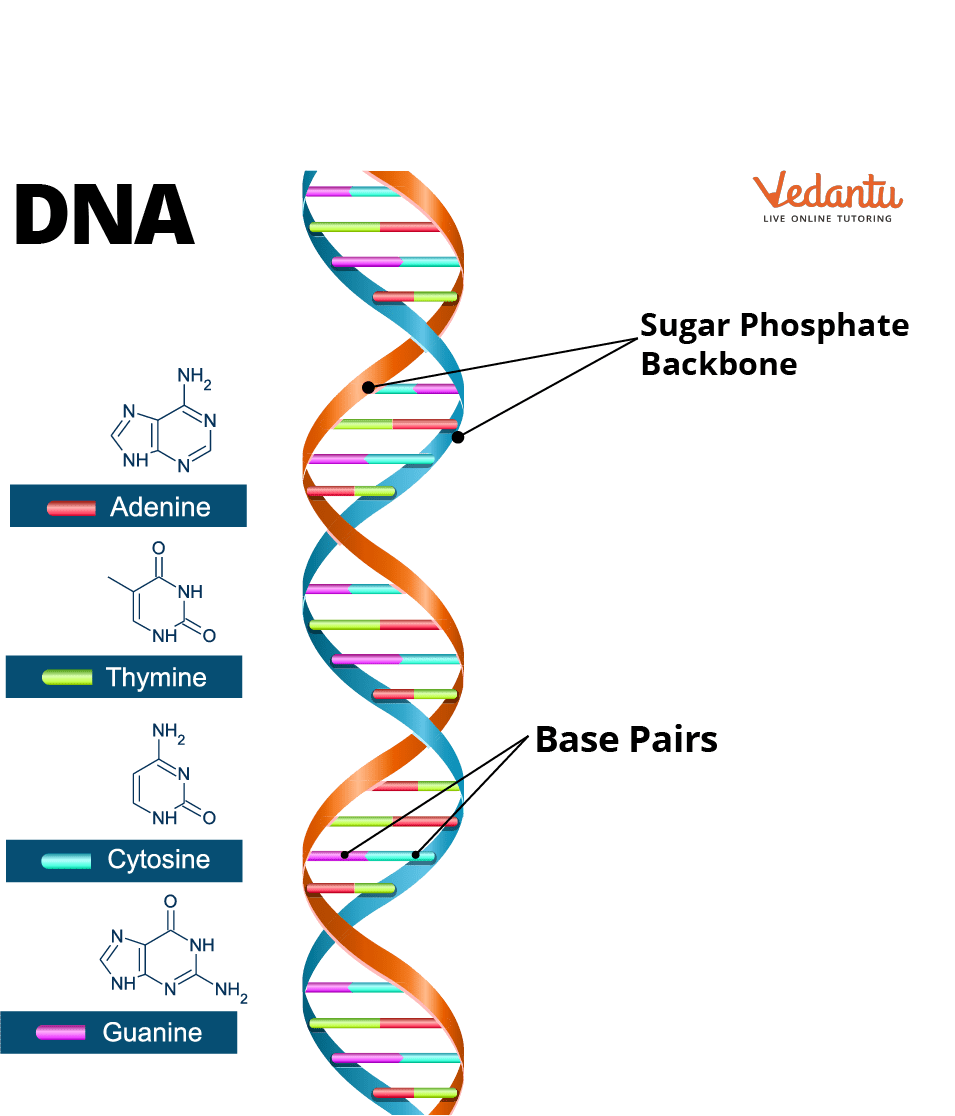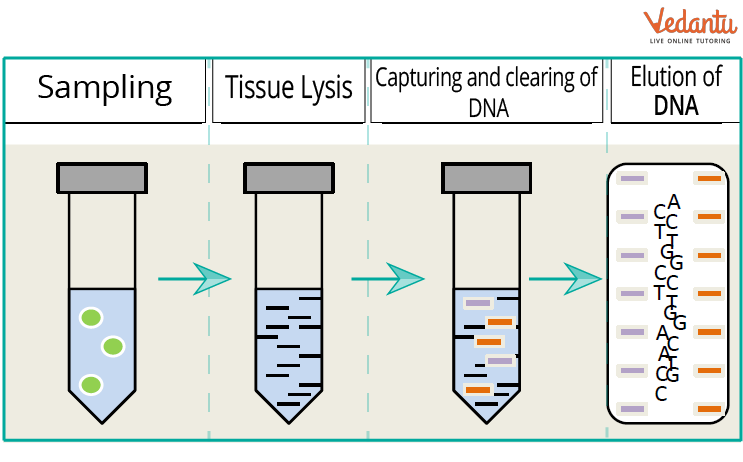




Why Is DNA Extraction Important in Science and Medicine?
Isolation of deoxyribonucleic acid (DNA) is the process of getting DNA from different sources. How DNA is separated depends on where it came from, how old, and how big it is.
DNA isolation is needed for genetic analysis, which can be used for scientific, medical, or forensic purposes. Scientists use DNA and DNA extraction principle in many ways, like putting DNA into cells, animals, and plants and finding out what's wrong with them.
What is DNA?
DNA is the material that has all the details about how a living thing will look and work. In humans, for example, DNA controls things like the colour of the eyes and how the lungs work. Each piece of information is stored on a different part of the DNA. Genes are what you call these parts.

DNA Defined
The word "DNA" stands for "deoxyribonucleic acid." Every living thing has it in every cell. Chromosomes are parts of a cell that contain DNA. DNA and chromosomes are both very small. To see them, scientists need to use very powerful microscopes.
What is DNA Extraction?
DNA extraction is a way to separate DNA from cell membranes, proteins, and other parts of cells using physical and chemical methods on a sample. Friedrich Miescher was the first person to separate DNA, which he did in 1869.

The Extraction of DNA
If you use a DNA isolation technique, you should get a good amount and quality pure DNA free of contaminants like RNA and proteins. DNA extraction can be done by hand or with kits sold in stores.
DNA Extraction - Uses
Many companies harvest DNA for study and use. DNA extraction has several applications.
Forensics - DNA is used in criminal investigations. From hair, skin, or blood, DNA may be extracted. Forensic teams routinely use DNA to identify suspects or eliminate them. DNA can indicate a person's innocence or guilt or whether they were near the murder scene.
Medical Diagnosis - DNA extraction helps determine paternity. DNA from the probable father and the infant may confirm or refute paternity.
Tracing Ancestors - DNA extraction may let a person learn where their distant ancestors originated. Modern DNA assays may reveal a person's ancestry, current relatives, and medical or dietary predispositions.
Genetic Engineering of Plants and Animals - DNA can help plants discover, isolate, and extract the desired gene for future generations. DNA extraction helps in animal cloning and DNA transfer.
Vaccines - Vaccines prevent and control illness. Some are made using DNA. DNA vaccines aren't permitted for human use, yet they're employed in animal vaccinations and certain human vaccines.
Hormones - Human growth depends on hormones. The recombinant DNA technique uses DNA extraction.
Did You Know?
About 99.9% of everyone's DNA is the same. We are all different because of that 0.1% that is different.
Inside the cell, DNA is put together into structures called chromosomes.
DNA tests can help determine how likely you are to get certain diseases.
All living things have DNA.
There are 3 billion base pairs of DNA in the human genome.
In forensic DNA testing, 13 specific parts of DNA are looked at.
Over 500 DNA codes have been lost for human evolution.
40–50% of our DNA is the same as cabbage.
We share 9% of our DNA with other people.
Conclusion
Plants can be changed by taking the DNA from organisms with desirable traits, like resistance to pesticides, and putting it into the plant's genome. The changed genes will be passed to its seeds when the plant grows. DNA extraction can also change animals by making them glow in the dark or make copies of them.
DNA extraction is used to make a variety of medicines, such as hormones and vaccines. It is also used to check people's identities, determine their genetic relatives, and discover who committed crimes where DNA was left at the scene.
FAQs on Uses of DNA Extraction: Importance & Real-World Applications
1. What is the Importance of DNA extraction?
The process of obtaining DNA is important to biotechnology. It is the starting point for a wide range of applications, from basic research to everyday decisions about diagnosis and treatment. To find out what makes DNA special, like its size, shape, and function, it is also important to extract and clean it.
2. What is the Application for DNA extraction?
The ability to get DNA out is the most important thing for studying the genetic causes of disease and making diagnostics and new medicines. It is also needed for forensic science, sequencing genomes, finding bacteria and viruses in the environment, and figuring out a child's father.
3. What is an example of DNA extraction?
DNA can be taken from samples like hair, skin, or blood. Forensic teams often use DNA to decide if a person is a suspect or not. DNA can sometimes show whether a person is innocent or guilty, or at the very least, whether they were near the crime scene.









